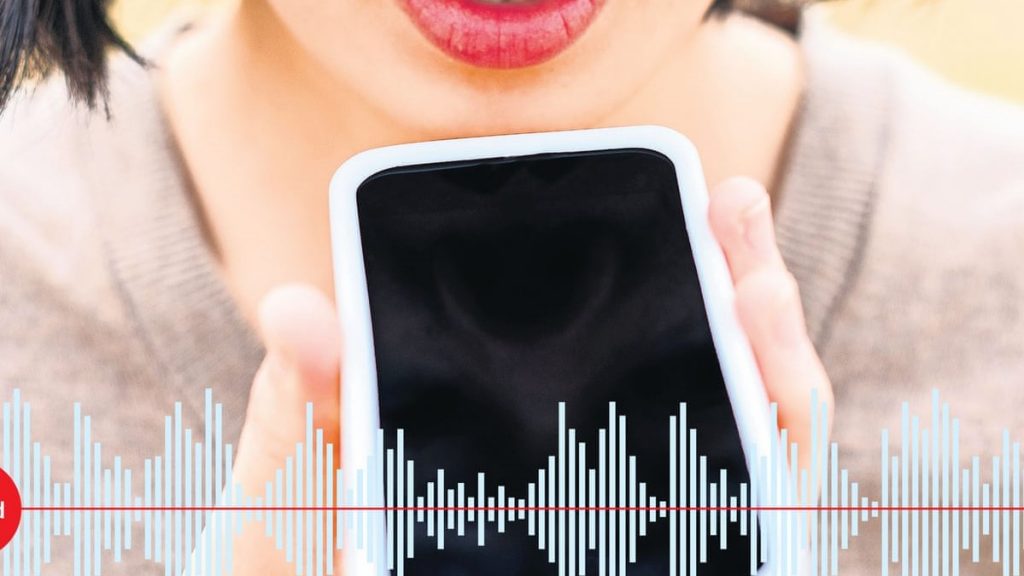The internet is full of songwriters asking the question; how good does my demo have to be? The answer is always, “it depends”. Demos generally have one purpose; to accurately display the lyrics and melody of a song. Yet, there are varying types of demos and demo requirements but for this blog’s purpose, that is our one purpose!
*(see the end of this blog for situations where you will want to have your song fully produced for pitching purposes)
If you are a
- Songwriter who wants to create a demo for the creative team of an artist
- Artist who wants to create a demo for a producer
- Songwriter who wants feedback on a song
Demos for these purposes can be recorded on your phone. If you have recording software (otherwise known as a DAW: Digital Audio Workstation) you can use that too. The steps are the same. But for those who don’t have a recording set up and have no interest in diving into that world, your phone and a variety of phone apps make it super easy.
Figure out the tempo
The “beats per minute”, or BPM is a critical component to the momentum and energy of a song. Pretty much every novice singer/songwriter has a tendency to write their songs in various tempos. The verse starts off at a certain groove and then by the time the first chorus comes in, the tempo has gradually increased to a new bpm. Then it goes back down during the soft bridge, then back up to an even faster tempo at the end.
None of us were born with an internal metronome, so don’t beat yourself up about it. However, most mainstream music that we hear today is going to be in a set tempo for the majority of the song. There may be tempo changes, depending on what the song calls for but, generally speaking, most songs do not change tempo. You and your producer can decide if a song needs tempo changes or if it is the kind of song that should be played “freely”, with no metronome at all.
Start by playing your song, and imagine yourself walking to the beat of your song. Is it a brisk walk? Or a slow, sluggish walk? A brisk walk is 120 beats per minute. Pull up your metronome and pick a starting bpm, based on how brisk (or un-brisk) the imaginary walk feels. Set that tempo and then play along to it. If it’s feeling good, keep playing through until you’ve played every song section (verse, chorus, bridge) at that tempo. If it stopped feeling right at some point, adjust accordingly. Ideally, you’ll find that happy bpm that is perfect for the song.
Type up a lyric sheet: I have artists put these lyric sheets on Google Drive and share them with me so that we are always working off of the same lyric sheet as changes are made.
Mark tempo changes on the lyric sheet: mark specific tempo changes if there are any. Mark a ritard (ritard means to slow down) where they need to be as well. If there is going to be a ritard, it is usually in the outro.
Check the key: Do you accidentally change keys in different sections? Just like the case of tempo changes, beginner singer/songwriters, especially if they’ve written the lyrics and melody a cappella (without accompaniment) can easily change keys without knowing it. If you don’t play an instrument, that’s ok! Have a musician friend or teacher help you. Your producer can also help you with this, as long as that is included in the scope of their work. Ask beforehand. If you do know the key and have determined the chords, including those in your lyric sheet.
Can you sing it: Have you sung it full out with a voice teacher in the key you’ve written it in? Singing it quietly in your room in a way that won’t disturb your roommates might not be the way you want to sing it in the recording studio.
Record the song: Record the song with the metronome clicking out loud if you aren’t using an app (you may need two devices; one to play the metronome and one to record) There are apps available where you can record yourself while listening to the click track through earbuds, then when you listen back to the recording, you won’t hear the click track. The point is that you sang it in time. One app I’m aware of where you can do this is Cakewalk by Bandlab. There are many!
Share the file: Make sure you can share the audio recording in a file format they can play. MP3s are the most common compressed audio file that can easily be emailed but most of our phones don’t automatically turn our voice memos into mp3’s. As a matter of fact, some phones will squash an audio file into some weird file type that sounds like crap (I have a Samsung and it does this!)
The most important steps for creating a demo for the above-mentioned purposes are making sure you have fine-tuned lyrics, melody, and song structure in a (mostly) set tempo. Following all of these steps will make you a dream client for your producer!
*If you want to pitch a song for use in film or TV (licensing/sync) then it needs to be a fully produced song. Do NOT submit demos to music libraries or music supervisors. They need finished products.
If you want to pitch your song to a music publisher, who in turn will pitch your song to artists, they will want full production in most cases. The artist may have it entirely reproduced but you have to “sell” them the song. You want to shine it in the best light possible. A demo would be needed for the creative team (producer, studio musicians, etc.) who will create your produced version for pitching.
